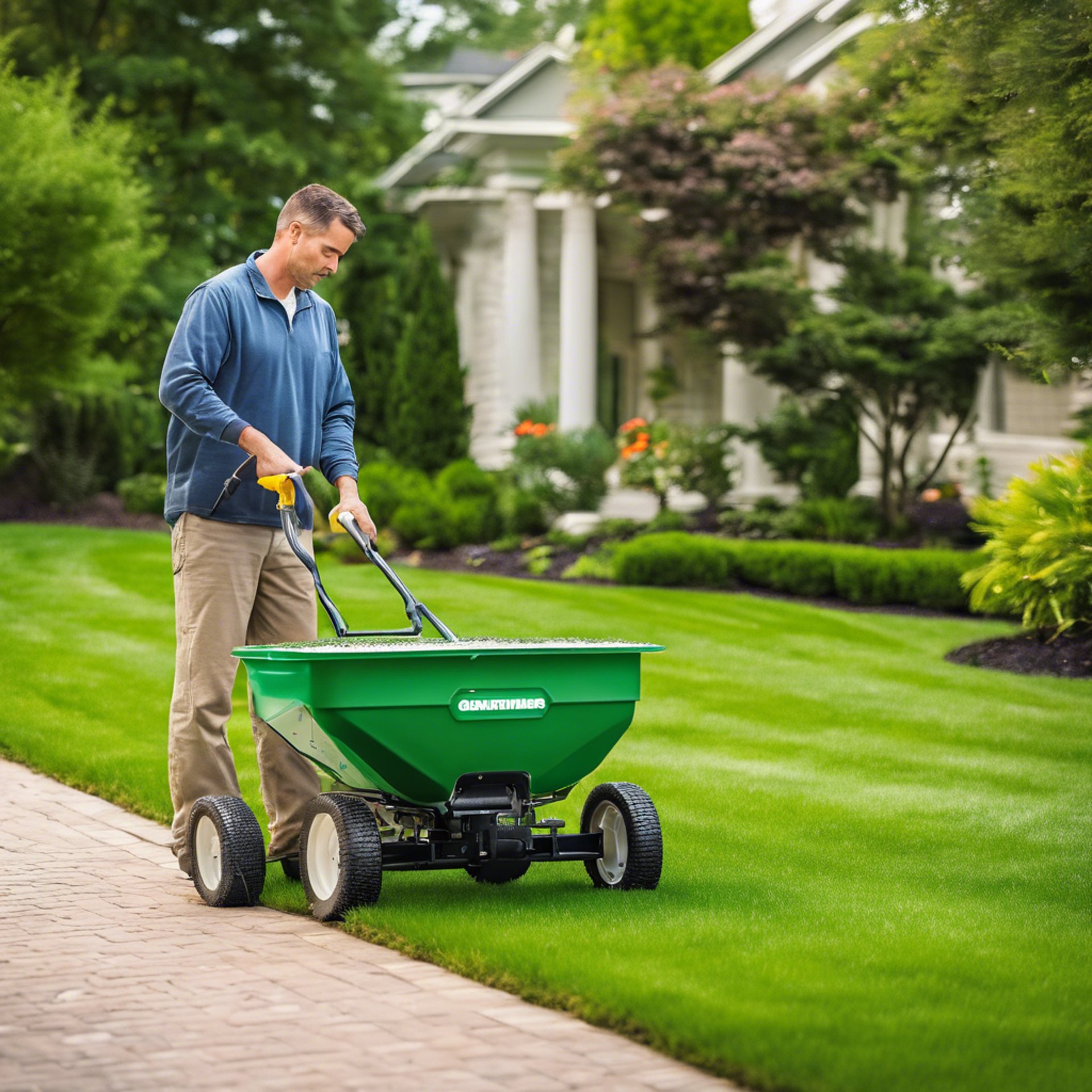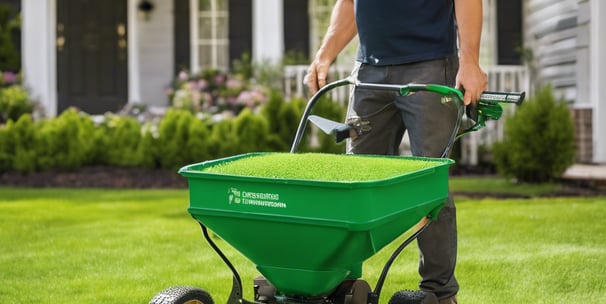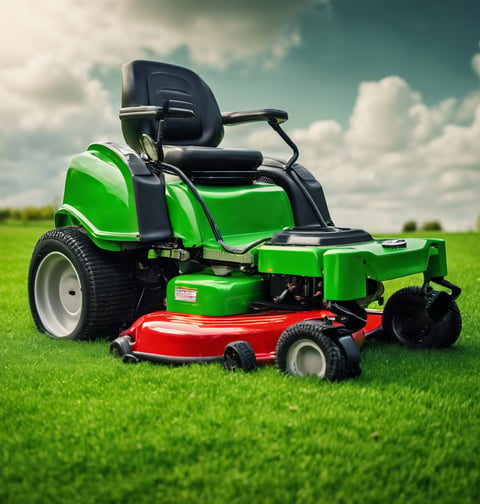Lawn Fertilization
Discover the benefits of lawn fertilization and enhance your lawn's health and appearance effectively.

Lawn Fertilization Benefits
To maintain a lush, vibrant lawn, it is essential to follow a consistent fertilization program. Regular fertilization promotes a thicker and healthier lawn, which helps reduce erosion, filter pollutants, provide natural cooling, and improve air quality. Additionally, a well-fertilized lawn is less susceptible to weeds, insects, and diseases. Furthermore, when your lawn receives the necessary nutrients throughout the year, it will require less water to thrive.




Healthy Lawn Growth
Fertilization promotes robust root systems, leading to lush, green lawns that thrive throughout the seasons.
Improved Soil Quality
Regular fertilization enriches soil nutrients, ensuring your lawn receives essential elements for optimal growth.
Lawn Watering Tips


To keep your lawn thick, green, and healthy, it's essential to follow several key practices. One of the most important aspects is ensuring that there is enough moisture for proper growth.
Because nature’s rainfall can be unpredictable, additional watering is often necessary, especially during the hotter and drier months, to prevent water stress. When a lawn experiences water stress, it can turn brown, thin out, and become more susceptible to diseases and insect problems. A thin, water-stressed lawn also provides an opportunity for weeds to take hold.
Whether you choose underground or portable sprinklers, there are a few basic guidelines to follow to maintain good lawn health and avoid these issues.


Tips For Mowing
The fundamental guideline is that in hotter weather, you should mow your lawn at a higher setting. Mowing at a greater height encourages deeper root growth, helps retain moisture by shading the soil, and reduces weed growth by blocking sunlight from reaching weed seeds. Additionally, taller grass cools the soil and minimizes heat stress on the lawn.
Dull mower blades can tear and shred the tips of your grass, causing them to turn a bleached tan color and leaving your lawn looking brown. To achieve the best results, it's important to sharpen your mower blades several times a year. If you have a large lawn, consider sharpening them once a month during the mowing season.
Remove no more than one-third of the grass blade in a single mowing session. Cutting the grass too short removes too much of the green part of the plant, resulting in a brown, scalped appearance with visible crowns and stems. This detracts from the lawn's aesthetic and weakens the grass. Recovering from even one instance of scalping can delay the lawn's growth by several weeks.
Othersideindy@gmail.com
317-204-2195
© 2024. All rights reserved.


Servicing
Carmel, IN
Westfield, IN
Noblesville, IN
Zionsville, IN
Fishers, IN
